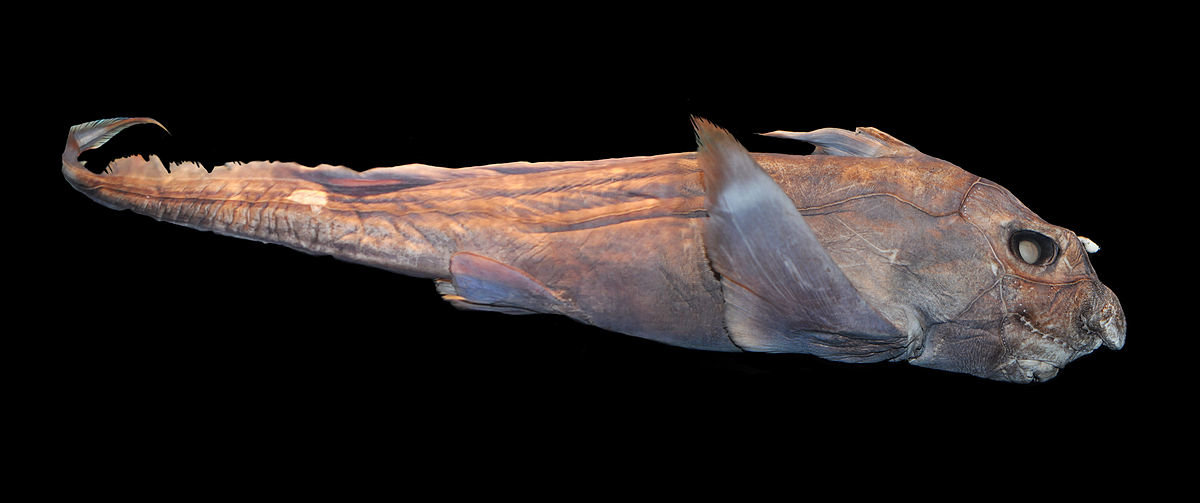OF THE
TIMES
''...containing fake images of myself superimposed on other people,...'' Where ? Some of them have to be funny.
Nothing new in that article.
"the Netanyahu government did not even need this US exhortation; it would have ignored the resolution anyway." Some awfully big egos playing the...
I sure wish the geography teacher I had in grade 10 had had the hots for me.
Someone will have to explain to me who had the authority to grant a handful of billionaires the run of our planet. Bored billionaires I might add....
To submit an article for publication, see our Submission Guidelines
Reader comments do not necessarily reflect the views of the volunteers, editors, and directors of SOTT.net or the Quantum Future Group.
Some icons on this site were created by: Afterglow, Aha-Soft, AntialiasFactory, artdesigner.lv, Artura, DailyOverview, Everaldo, GraphicsFuel, IconFactory, Iconka, IconShock, Icons-Land, i-love-icons, KDE-look.org, Klukeart, mugenb16, Map Icons Collection, PetshopBoxStudio, VisualPharm, wbeiruti, WebIconset
Powered by PikaJS 🐁 and In·Site
Original content © 2002-2024 by Sott.net/Signs of the Times. See: FAIR USE NOTICE

So if its a ghost?.........can it come out of the water and haunt me or is it only able to haunt the oceans?
I have so many questions right now!
Well the next ghost buster movie be under water?
The ghost fish with sex organ on its forehead is like some peoples worst nightmare! Does it get erect when attacking you? When this happens is it also classed as sexual assault?
Why would god make such a monster?
Is it safe to send my children to school?
Why...oh god why does it have the nose of a Jew?
Is there some relation between the ghost fish and Jews?
Do you need a ghost ship to catch ghost fish?
Please someone answer these very important questions.